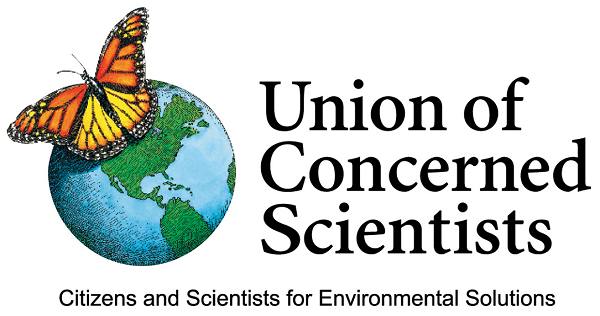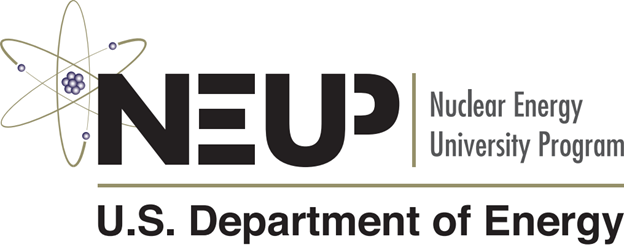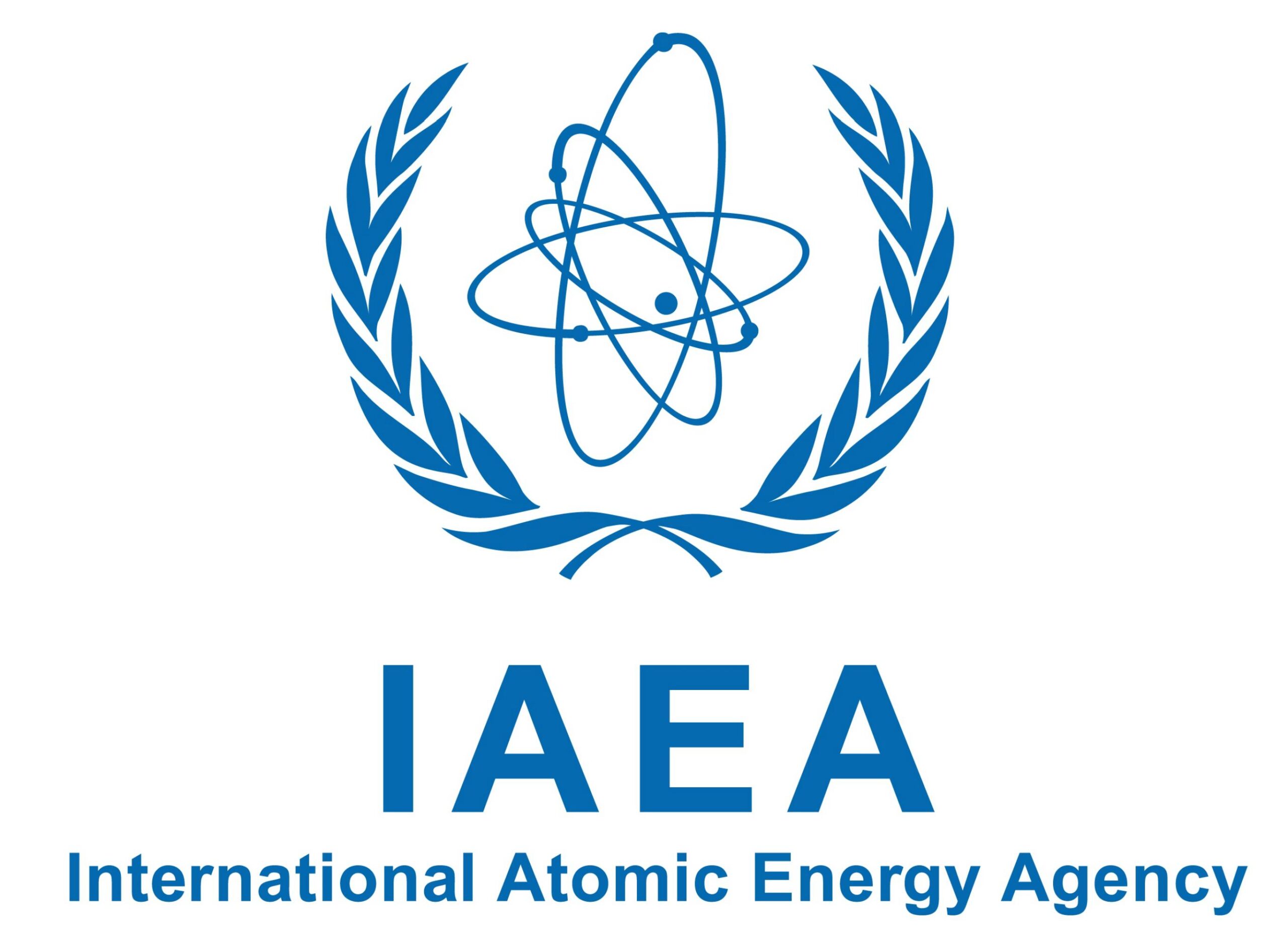Proponents of nuclear power in the U.S. claim that current regulations that apply to the nuclear industry are getting in the way of constructing, licensing and operating nuclear power plant. Opponents of nuclear power say that the nuclear industry is not sufficiently regulated to insure the safety of the public and the environment. People in the middle of the debate hope that it will be possible to find the right mix of regulations that will allow nuclear power to flourish while protecting the public and the environment.
The Nuclear Regulatory Commission undertook Project AIM in 2016 to find the best balance between regulation and promotion for the U.S. nuclear industry. Their goal was to spend the next five years improving the effectiveness, efficiency and agility of the NRC. Meanwhile, the nuclear industry has launched its Delivering on the Nuclear Promise campaign which is focused on increasing productivity and efficiency to allow nuclear power to better compete against other energy sources.
The Union of Concerned Scientists (UCS) is dedicated to developing and implementing innovative and practical solutions to some of the major problems facing the world. They are working on ways to combat global warming, developing sustainable ways to feed, power and transport the people of the world, fighting misinformation, advancing racial equality and reducing the risk of nuclear war.
The UCS has just announced a new major project concerning the role of regulation in nuclear plant safety. They are going to review major events in nuclear history and post a series of commentaries. They are seeking to understand exactly what “over” regulation and “under” regulation are in order to understand what would constitute “best” regulation. They intend to communicate their findings to the NRC to help the NRC reach the goals of the AIM Project. Their findings should also be useful for the promoters of nuclear power.
The UCS will review major nuclear events in order to decide if regulations were helpful or harmful in the way that the events were handled. They intend to create three categories for regulations associated with the events; too stringent, too lax, and just right. Then they will sort the major nuclear events they are studying in the different categories.
Examples of times when nuclear regulations were too lax would include the 1979 accident at Three Mile Island, the mid 1990s Millstone, Salem and Cooper problems, and the 2011 accident at Fukushima. Examples of times when nuclear regulations were too stringent include the August 1991 Site Area Emergency declared at Nine Mile Point following a transformer failure, the 1998 Towers Perrin report, and the semi-annual reports by the NRC’s Office of the Inspector General. Examples of times when the regulations were just right include March 1990 station blackout at Vogtle, the September 1997 discovery of and recovery from containment problems at DC Cook, and the flood protection deficiencies identified at Fort Calhoun in 2010 whose remedies were quite useful during the flood the plant experienced in June 2011.
Overall, there are about fifty nuclear events that will be categorized. They say that they will refrain from posting commentaries until all of these events have been studied and categorized. Then they hope that their work will yield meaningful insights into the proper role of regulation in ensuring plant safety. When they have dealt with all of the events, they will publish a final report to share their findings and recommendations.
Blog
-

Nuclear Reactors 578 – The Union Of Concerned Scientists Is Working On Study Of Major Nuclear Events And The Role of Regu
-

Geiger Readings for Jun 20, 2018
Ambient office = 109 nanosieverts per hour
Ambient outside = 93 nanosieverts per hour
Soil exposed to rain water = 100 nanosieverts per hour
Jalepeno pepper from Central Market = 97 nanosieverts per hour
Tap water = 74 nanosieverts per hour
Filter water = 66 nanosieverts per hour
-

Nuclear Reactors 577 – The U.S. DoE is Granting Sixty Four Million Dollars To Eighty Nine Projects In Twenty Nine States For Nuclear Research
I recently released a series of posts about the U.S. Department of Energy funding of new projects under its Advanced Research Projects Administration-Energy program. These ten projects are not the only grants from the DoE for energy research.
Today the DoE announced sixty-four million dollars of research grants for universities, national laboratories and private nuclear companies. The eighty-nine projects selected to receive grants are working on nuclear energy research, facility access, and technology and infrastructure. The grants are being issued by three DoE nuclear programs.
The Nuclear Energy University Program (NEUP) is the result of the DoE consolidating its university support programs under a single program in 2009. The NEUP funds nuclear energy research and equipment upgrades at U.S. colleges and universities. It provides students with educational support.
NEUP is distributing forty-seven million dollars to support sixty three U.S. university-led nuclear energy R&D projects in twenty nine states. The NEUP says that these projects will “maintain US leadership in nuclear research across the country by providing top science and engineering faculties and their students opportunities to develop innovative technologies and solutions for civil nuclear capabilities”. Another five million dollars is being granted to support eighteen university-led projects for research reactor and infrastructure improvements. NEUP says that. “These projects will provide important safety, performance and educational upgrades to a portion of the nation’s 25 university research reactors.”
The Nuclear Energy Enabling Technology (NEET) Program was established to develop “crosscutting” technologies that directly support and complement the DoE’s Office of Nuclear Energy. It will focus on advanced reactor and fuel cycle concepts that offer dramatically improve performance.
Five million dollars will be given to five R&D projects at national laboratories, universities and private nuclear companies. These projects will carry out research that will help address “crosscutting nuclear energy challenges that will help develop advanced sensors and instrumentation, advanced manufacturing methods, and materials for multiple nuclear reactor plant and fuel applications”.
The Nuclear Science User Facilities (NSUF) was created to permit research opportunities to nuclear researchers. Users are allowed free access “to world-class nuclear research facilities, technical expertise from expertise from experienced scientists and engineers, as well as assistance with experiment design, assembly, safety analysis and examination.”
The NSUF program will grant six million six hundred thousand dollars to two university-led projects and one nuclear industry-led project to study nuclear fuel and material applications. These projects will focus on “research, facility access costs, and expertise in: experimental neutron and ion irradiation testing, post-irradiation examination facilities, synchrotron beamline capabilities, and technical assistance for design and analysis of experiments.”
Ed McGinnis is the principal assistant secretary for nuclear energy at the DoE. He said, “Because nuclear energy is such a vital part of our nation’s energy portfolio, these investments are necessary to ensuring that future generations of Americans will continue to benefit from safe, clean, reliable and resilient nuclear energy. Our commitment to providing researchers with access to the fundamental infrastructure and capabilities needed to develop advanced nuclear technologies is critical.” -

Geiger Readings for Jun 19, 2018
Ambient office = 76 nanosieverts per hour
Ambient outside = 87 nanosieverts per hour
Soil exposed to rain water = 87 nanosieverts per hour
Zuccini from Central Market = 82 nanosieverts per hour
Tap water = 106 nanosieverts per hour
Filter water = 94 nanosieverts per hour
-
Test
Test
-

Geiger Readings for Jun 20, 2018
Ambient office = 109 nanosieverts per hour
Ambient outside = 93 nanosieverts per hour
Soil exposed to rain water = 100 nanosieverts per hour
Jalepeno pepper from Central Market = 97 nanosieverts per hour
Tap water = 74 nanosieverts per hour
Filter water = 66 nanosieverts per hour
-

Nuclear Reasctors 576 – The IAEA Has Developed A Roadmapping Tool For Nations To Assess Use Of Sustainable Nuclear Energy
“The International Atomic Energy Agency (IAEA) is an international organization that seeks to promote the peaceful use of nuclear energy, and to inhibit its use for any military purpose, including nuclear weapons. The IAEA was established as an autonomous organization on 29 July 1957. Though established independently of the United Nations through its own international treaty, the IAEA Statute, the IAEA reports to both the United Nations General Assembly and Security Council.”
The IAEA has just announced a new process to help national officials create a plan to develop sustainable nuclear power systems. With respect to this project, a nuclear energy system is said to be “all nuclear facilities from mining uranium to electricity generation to radioactive waste management as well as the related institutional framework, both legal and regulatory.”
The idea of nuclear power as a sustainable energy source may surprise some but under some uses of the term, nuclear power might be considered as sustainable. According to the United Nation, “sustainability” is the ability to “meet the needs of the present without compromising the ability of future generations to meet their own needs.”
In order to determine if a system can be considered sustainable, it can be analyzed by the INPRO Methodology. INPRO is a complex and holistic assessment method applied to the whole nuclear energy system. Several key areas are important in INPRO. These include economic, infrastructure, waste management, proliferation resistance, safety, health and the environment.
The IAEA and nuclear experts from sixteen countries have spent four years on this project. It is called Roadmaps for a transition to globally sustainable nuclear energy systems (ROADMAPS), and it was finalized last month. The new tool was developed to help create “roadmaps” which are visions and plans on how to develop, enhance and monitor a sustainable energy system in the long term. It can also show countries how they can benefit from innovations in nuclear technology and infrastructure. The roadmap tool can be used internally for planning and externally for international cooperation.
Nuclear energy systems are extremely complex in terms of physical and institutional infrastructure. Their development and operation can span several human generations. Creating or updating such systems requires extensive planning with resect to lead times and resources. This is especially true for the design, development and commercialization of new and innovative nuclear components.
Five different countries including Armenia, Belarus, Romania, Russia, and Ukraine have utilized the ROADMAPS tool on an experimental basis to develop sample national plans. The IAEA plans to publish the final report and distribute the roadmapping tool to member states. They also intend to provide training in its application.
Vladimir Kuznetsov is the project manager of IAEA’s International Project on Innovative Nuclear Reactors (INPRO) Section. He said “Undertaking roadmapping for a national nuclear energy system facilitates finding answers to several key questions.The major one is how to get from the present system to a future national nuclear energy system with enhanced sustainability, and to do that efficiently – without excessive investments in national infrastructure.”
Kusnetsov also said, “Roadmapping that is performed in cooperation among technology users and suppliers could also provide strategic insights into international markets for products and services for the various peaceful uses of nuclear energy.”
